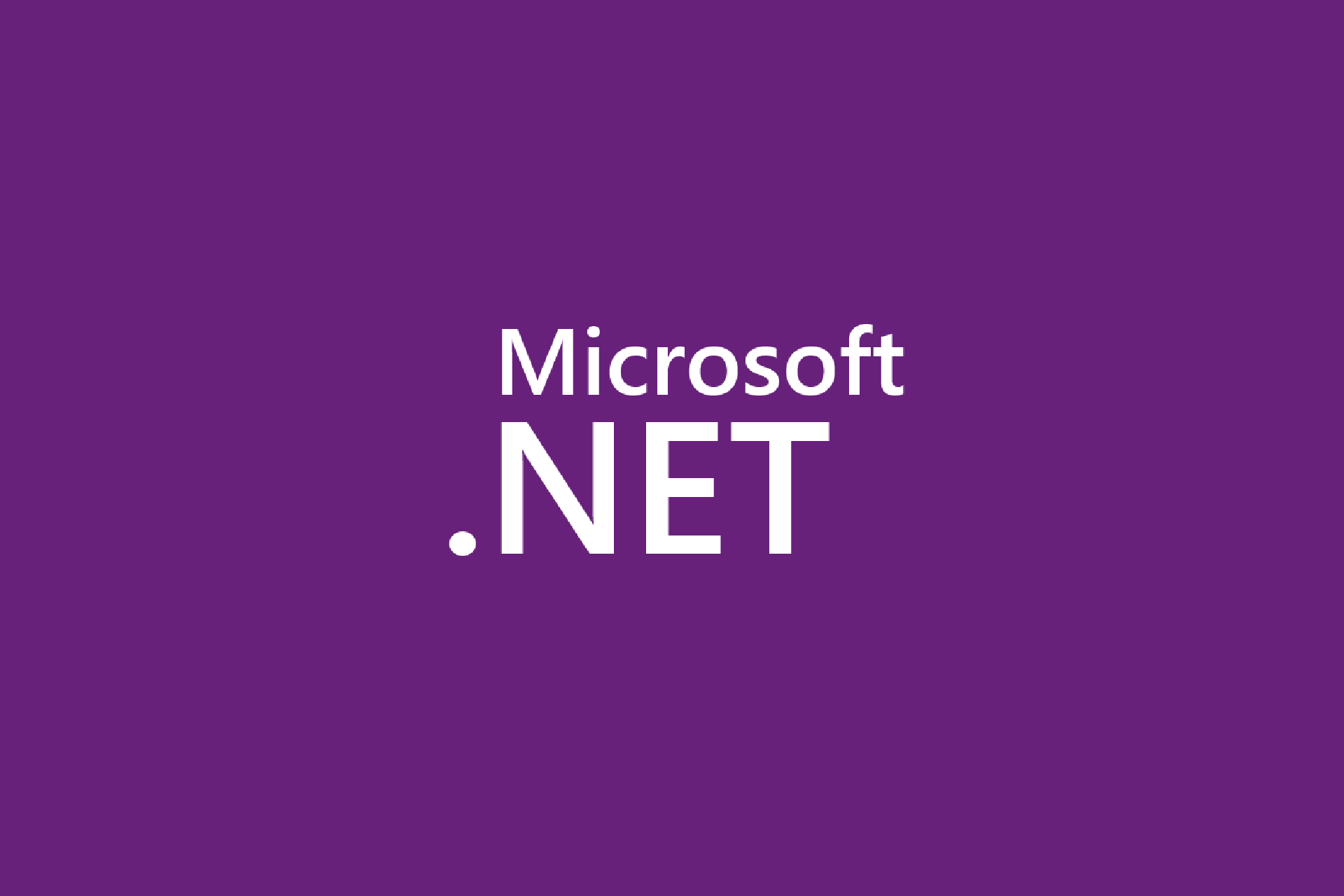In a rapidly evolving digital landscape, the tools and frameworks used in web development play a crucial role in shaping the functionality, efficiency, and security of modern web applications. One such technology that has stood the test of time and continues to be a cornerstone in software development is the .NET Framework.
The .NET Framework, developed by Microsoft, is a powerful and versatile software framework that provides a comprehensive programming model for building desktop, web, and mobile applications. It offers a rich set of libraries and runtime components that enable developers to create robust and scalable solutions across various platforms.
The .NET Framework encompasses a wide range of components and features that cater to the diverse needs of developers. Some of its key components include:
- Common Language Runtime (CLR): The CLR provides a managed execution environment for running .NET applications, offering memory management, exception handling, and security features.
- Base Class Library (BCL): The BCL contains a collection of reusable classes, interfaces, and value types that streamline common programming tasks and foster code reusability.
- ASP.NET: ASP.NET, a part of the .NET Framework, empowers developers to build dynamic web applications using server-side technologies. It facilitates rapid development, robustness, and seamless integration with web standards.
- Windows Presentation Foundation (WPF): WPF enables the creation of visually stunning user interfaces for Windows-based applications, incorporating advanced graphics, multimedia, and data visualization capabilities.
- Windows Communication Foundation (WCF): WCF facilitates the development of service-oriented applications by providing a unified programming model for building and consuming secure, reliable, and interoperable services.

Despite the emergence of new web development frameworks and platforms, the .NET Framework continues to hold its relevance in modern development scenarios. Here are some reasons why .NET remains a compelling choice for web development:
- Cross-Platform Capabilities: With the introduction of .NET Core, a modular and cross-platform version of the framework, developers can leverage the benefits of .NET in building web applications that run seamlessly across Windows, Linux, and macOS environments.
- Comprehensive Tooling and IDE Support: The .NET ecosystem provides a rich set of development tools, including Visual Studio and Visual Studio Code, which offer robust IDE support, debugging capabilities, and integrated testing frameworks for efficient web application development.
- Strong Community and Ecosystem: The .NET community is vibrant and active, with a wealth of resources, libraries, and third-party integrations that enhance the capabilities of the framework. This ecosystem fosters collaboration, knowledge sharing, and continuous improvement.
- Performance and Scalability: The .NET Framework, renowned for its performance optimizations and scalability features, empowers developers to build high-performance web applications capable of handling large user loads and complex business logic.
- Security and Compliance: Security is a top priority in web development, and the .NET Framework offers built-in security features, encryption libraries, and compliance standards that ensure the protection of sensitive data and regulatory adherence.
As technology evolves, so does the .NET ecosystem. Microsoft’s strategic focus on open-source development, cloud integration, and containerization has propelled .NET into a new era of innovation and adaptability. With advancements such as Blazor, a framework for building interactive web UIs using C#, and .NET 5 and beyond, which unify the .NET platform, the future of .NET in web development looks promising and exciting.
In conclusion, the .NET Framework continues to occupy a significant place in modern web development, offering a blend of versatility, performance, and innovation that resonates with developers and businesses alike. As the web development landscape continues to evolve, .NET remains a formidable choice for crafting sophisticated web applications that meet the demands of the digital era.
